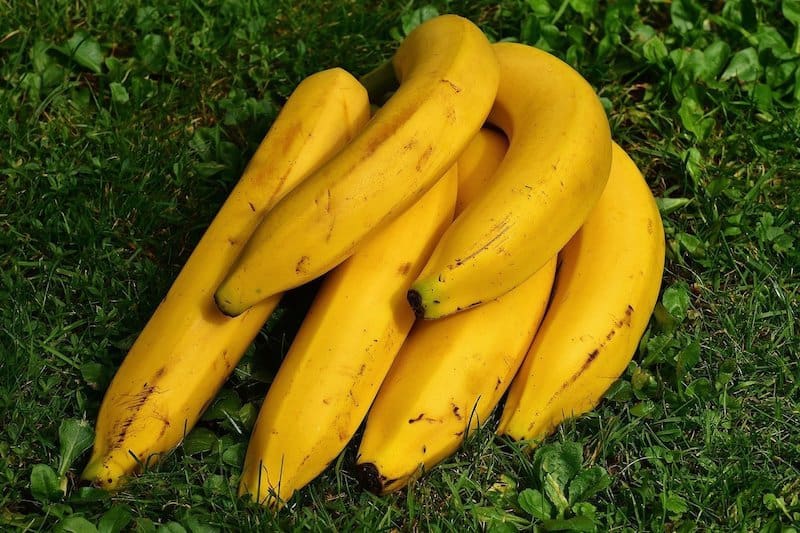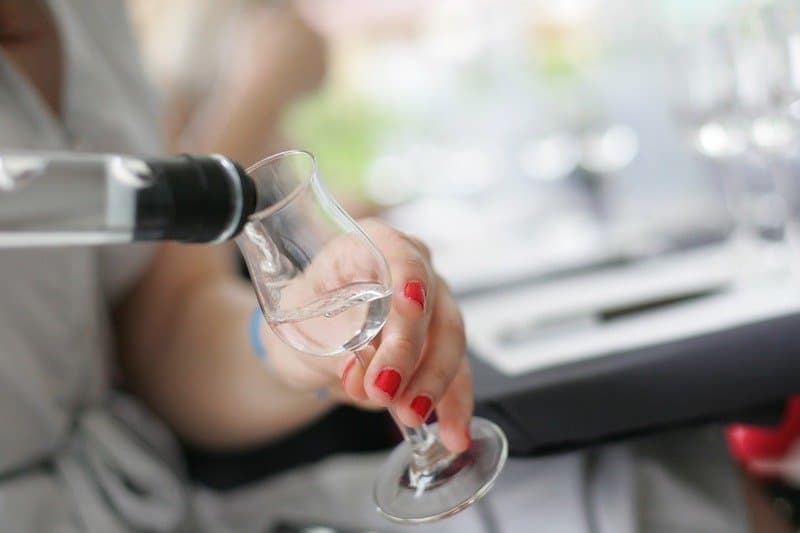Do Bananas Ferment into Alcohol?
We all pretty much know that wine comes from grapes, beer comes from grains, and hard cider comes from apples. But there are so many different types of alcohol out there. Are there other foods that can be used to make alcohol?
Some lesser-known foods used to make some of the most common alcoholic drinks include juniper berries, which are used to make gin, coffee beans make Tia Maria, and molasses is the predominant ingredient of many rums.
These and any other alcoholic drinks require the process of fermentation of their main ingredients into alcohol. Over the centuries, people have experimented with elements that you would not immediately associate with alcohol production.
One of these is the banana. At this point you’re probably wondering if bananas really do do ferment into alcohol, because you would typically expect to find them in desserts, cakes, and milkshakes. Many people would never think of bananas as the basis for an alcoholic drink. However, as you are about to find out, they can be, and they are.
Does Fermenting Bananas Produce Alcohol?
Fermenting bananas is not a new concept as people have been fermenting them, and many other fruits and vegetables, for centuries to make various dishes. However, let’s take a look at whether fermentation enables bananas to produce alcohol.
The short answer is that it can, and making wines, beers, and even spirits, where the primary ingredient is fermented bananas, is done in many countries, with Africa and the Caribbean being two where it is especially popular.
Common to all alcoholic drinks made from bananas is the chemical and biological processes that occur during fermentation into alcohol. To be precise, it’s not the banana or any other fruit that ferments, but the sugars that they contain. Those sugars include sucrose, fructose, and glucose, and the name for the process is ethanol fermentation.
This process occurs in an oxygen-free environment, and as such, is regarded as an anaerobic process. The chemical formulas would take up half the page, but in short, bacteria, and mainly yeast, are what makes this whole process occur.
The yeast converts the sugars within a banana into ethanol and carbon dioxide—there will be a degree of flavor. The choice of the yeast strain used to ferment bananas is crucial, as it can dictate the alcohol yield, the efficiency of the fermentation, how long the fermentation takes, and the ability to ferment bananas at a specific temperature.
What Alcoholic Beverages Can Be Made from Fermented Bananas?
When discussing alcoholic drinks made from fermented bananas, it’s essential to note the distinction between these and alcoholic drinks with banana flavoring. An example of this is the most famous drink associated with bananas – the banana daiquiri. This contains sliced banana for flavor, but the alcohol usually is white rum and orange liqueur. It’s not made from fermented bananas.
The two most popular alcoholic drinks made from fermented bananas are banana beer and banana wine. It is possible to make a banana spirit (like brandy, for example), which is akin to the moonshine made from different fruits and vegetables.
Banana beer is a product made in Africa and is often served during ceremonies and special occasions. The beer is made in one of two flavors – mild and sharper with quite a harsh taste. Unfortunately, banana beer spoils quickly and is not suitable for long-term storage.
Banana wine is also an African product, although recently, there has been increasing research and production in India and the Philippines. The fact that banana growth is abundant in both of those countries is no coincidence.
The wine produced from banana tends to be sparkling and clear. The flavor and sweetness are governed by the strain of yeast used during the fermentation of the bananas. It doesn’t spoil as quickly as beer and is suitable for storing for more extended periods.
How to Ferment Bananas to Make Alcoholic Drinks
The process begins with picking ripe bananas and peeling their skins. The bananas are added to water and then mashed or pressed.
Pulp or juice will form after several hours, which is then boiled, then strained. Sugar is added, and the mash is strained again and allowed to cool. The yeast is added, and if it’s a banana wine, sugar is added. For banana beer, it’s more likely that maize flour and millet will be added. There may be other ingredients added for additional flavor.
Finally, the banana juice is then placed inside a fermentation container, like a fermentation crock or a mason jar. The process can take up to 24 hours. Once the fermentation has finished, you can strain the wine or beer into bottles.
In Summary
If you’ve never considered a banana as anything other than a yellow, boomerang-shaped fruit, I hope this look at fermenting them has opened your eyes to their potential as a source of alcoholic drinks such as wine and beer.
Fermenting bananas is not especially difficult if you follow the correct step-by-step process and, more importantly, use the right equipment. Your choice of yeast and other additives, such as those for flavoring banana beer, will also be crucial.
You can certainly be sure that you’ll be making a drink with a unique flavor that even also contains nutrients like potassium and vitamin B6!








